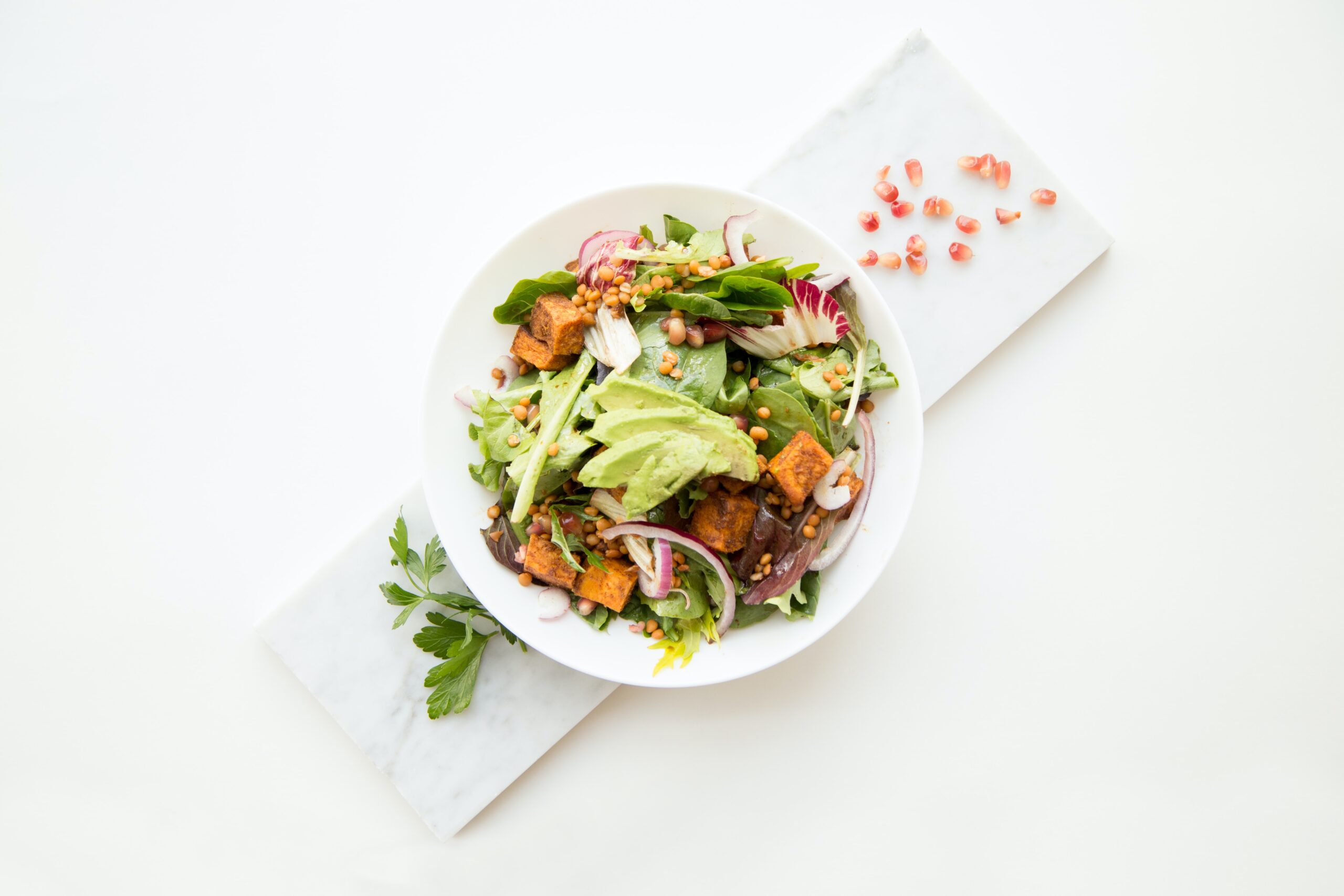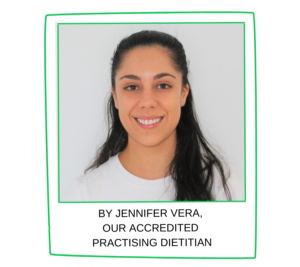

In current society, now more than ever the topic of food allergies and food intolerances has been circulating. It seems that more people are reporting, and being diagnosed with food allergies and intolerances with various diets prescribed to manage with this. In the case of food intolerances, there has been emerging evidence that certain elimination style diets are an effective way of managing digestive issues and gastrointestinal symptoms, which is causing pain and discomfort. This is where a low FODMAP diet comes into play.
What is a low FODMAP Diet?
You might be wondering, “What exactly is a low FODMAP diet?” which is the correct term, but occasionally called a “FODMAP Diet.” A low FODMAP has gained significant attention with numerous studies investigating the effectiveness of a low FODMAP diet alleviating symptoms of irritable bowel syndrome (IBS) and other digestive disorders, and the results have been promising. Here in Australia, we have the incredible MONASH University who are one of the pioneers in scientific research, providing resources/education tools (Our favourite is their FODMAP mobile app), information and best practice protocols for a low FODMAP diet. The diet aims to determine which foods, or food groups may be a trigger food for a person causing IBS symptoms, one’s tolerance level to these foods before adverse reaction occurs and understanding the foods to limit as well as those to include liberally.
FODMAP stands for Fermentable Oligosaccharides, Disaccharides, Monosaccharides, and Polyols, which are groups of short-chain carbohydrates (sugars) that are not completely absorbed, or digested in the small intestine. These sugar groups are fructans, fructose, lactose, galacto-oligosaccharides (GOS), sorbitol and mannitol which can be found in a variety of foods/food groups such as certain fruits, vegetables, dairy, grains, nuts, seeds and legumes. Common high-fodmap foods include onion, garlic, wheat, dried fruits, banana, apple, mango, asparagus, beetroot, beans, lentils, chickpeas, honey etc.
The low FODMAP diet has 3 phases, the elimination, challenge/re-introduction and maintenance phase. By temporarily reducing or eliminating specific high-FODMAP foods from your diet for 4-6 weeks during the “elimination” phase, followed by strategically re-introducing each food group can help you can identify which sugar groups may be causing discomfort or pain, design a personalised eating plan that promotes digestive wellness, and a well balanced diet with an Accredited Practising Dietitian to maintain for the long term.. It should be noted that a full, low FODMAP diet is not intended to be a long-term solution, the long term solution is to avoid only the groups which cause discomfort, the others may be enjoyed liberally.
Managing A low FODMAP Diet while eating out
Whether you’re in the elimination or maintenance phase of a low FODMAP diet, often dining out can be a challenge – to say the least! Catering for a low FODMAP diet in the hospitality industry isn’t yet common practice in general, or as well understood as some of the other food allergens are. It relies on the customer to manage things on their own accord. This is difficult given full ingredient lists are not always provided on a menu, nor is the exact portion of foods and/or ingredients. Both of which determine the FODMAP content in a dish. Foodini is here to solve that problem!
Create your dietary profile with Foodini and start exploring.
How does A low FODMAP Diet work in The Foodini App?
The low FODMAP diet is live on the Foodini App, making your dining out experience easy and seamless. Not only can you filter your search with a full low FODMAP diet applied, it can be tailored to remove particular FODMAP groups if there are only 1 or 2 FODMAP groups which apply. Even further, you can select “onion” and “garlic” individually as well.
FODMAPs in foods and ingredients are portion-size dependent, meaning that low, moderate and high amounts of FODMAPs are based on their serving size. This is something Foodini has no control over, given the nature of the food industry and variances between portions and serving sizes between dishes. We cannot guarantee the portion of this food, or that it’s the same each and every time – that is determined by the venue. For this reason, we do not indicate low, moderate or high levels of FODMAPs. Instead, our rule for safety, consistency and due diligence, is that any food/ingredient containing moderate-high levels of FODMAPs will be tagged for the relevant fodmap in this food regardless of portion size. We cover the large majority of known fodmap-containing foods, and continue to build our ingredient database as research on the fodmap content of food emerges.
Luckily, there is a growing awareness of low FODMAP diets, particularly around garlic and onion where many venues are starting to indicate meals which do, or don’t contain these ingredients. At Foodini, we partner with venues who already cater for low FODMAP diets and are happy to assist with modifications of a meal, if needed.
Who Are These Partners?
- Serotonin Eatery
- Fodshop
- Ciao Mamma!
- GoodMix
Whether you’re struggling with IBS, investigating potential food intolerances, GI issues or allergy testing, the Low FODMAP diet could be the solution you’ve been searching for. If you are embarking on this journey, we suggest doing so alongside a health professional and registered dietitian who will help you implement this evidence-based approach and work with you to achieve a long-term dietary solution.
Download the Foodini app to navigate the FODMAP diet.
Learn More?
Want to learn more about a low FODMAP diet? Check out the following resources:
Health Direct: Low FODMAP diets
John Hopkins: FODMAP diet – what you need to know
